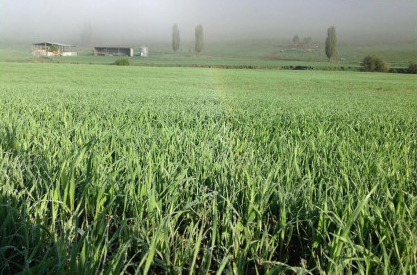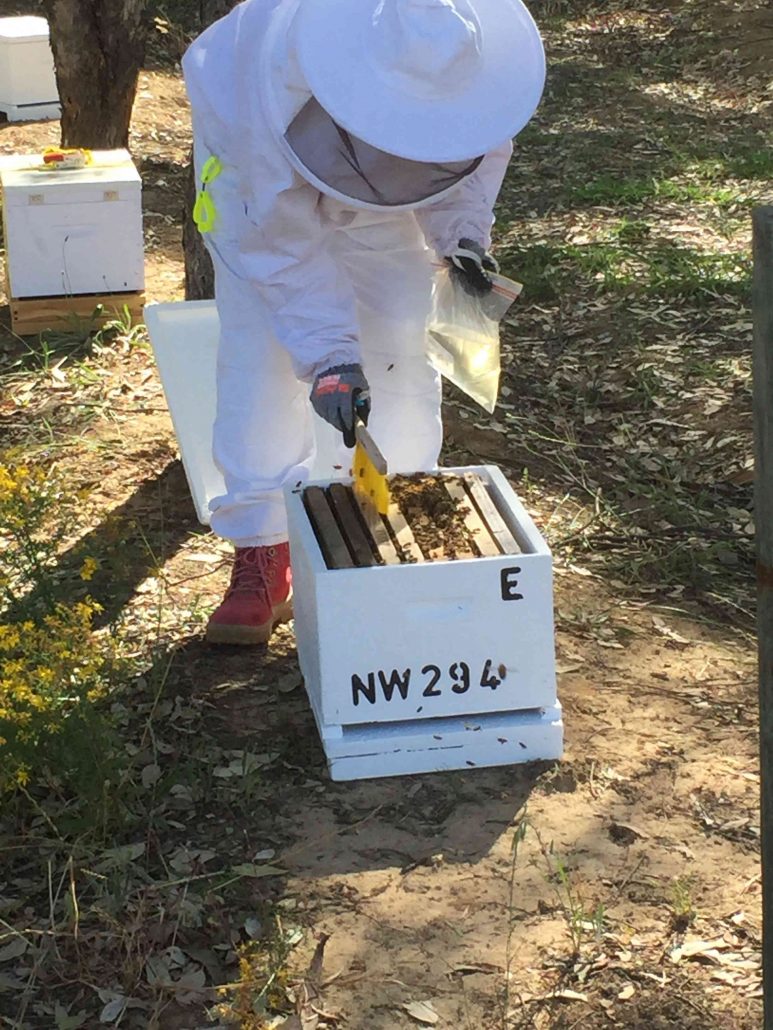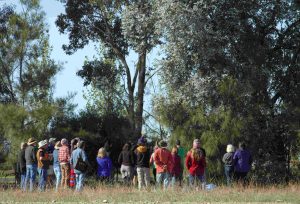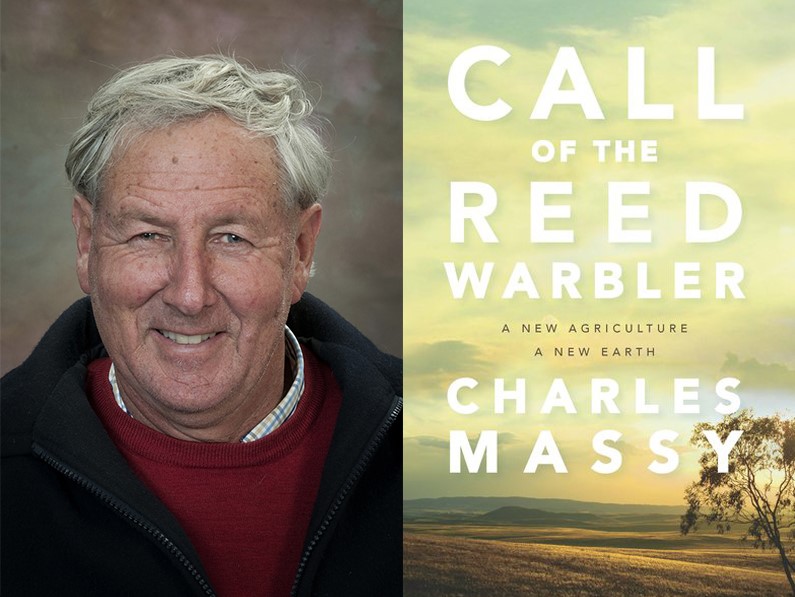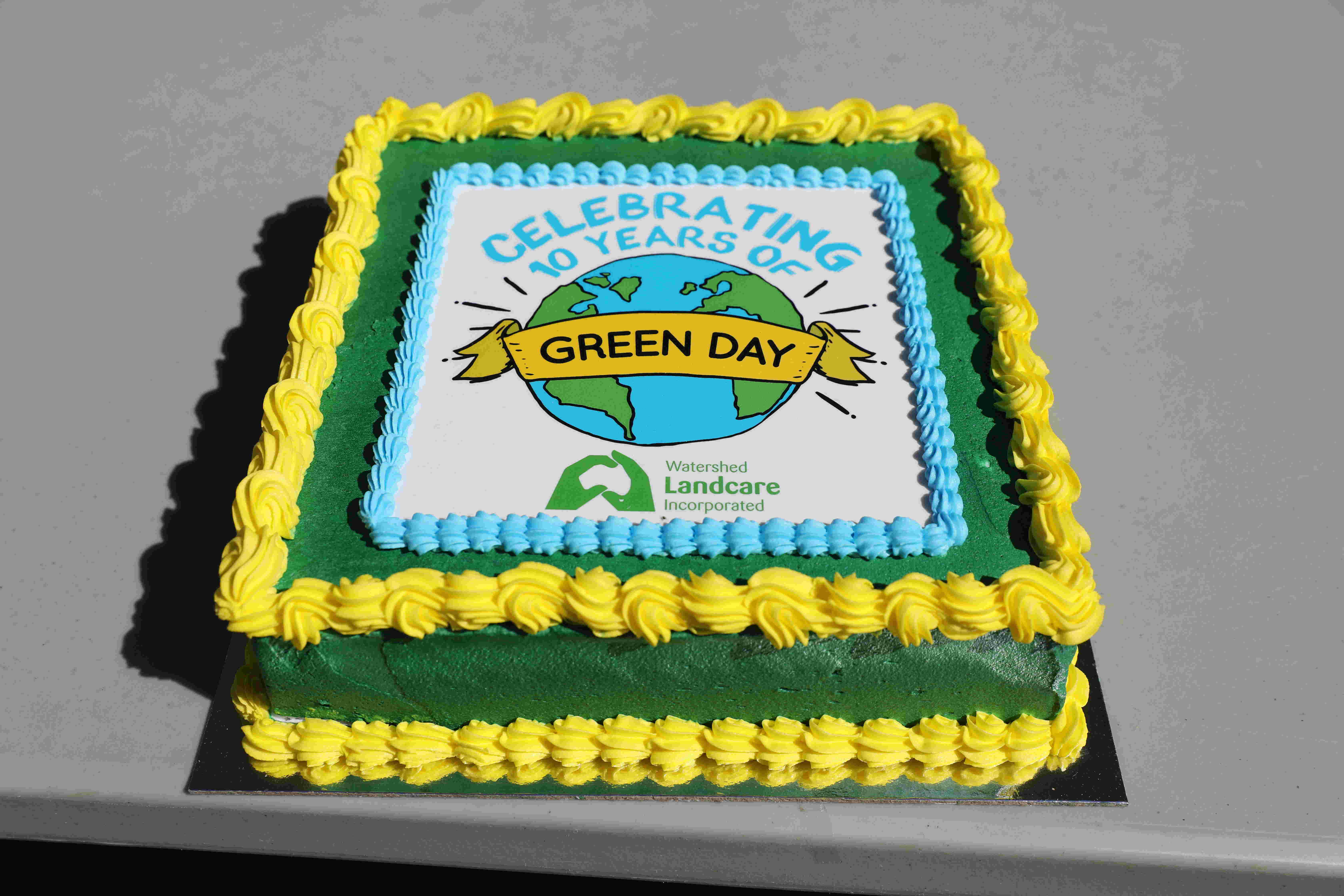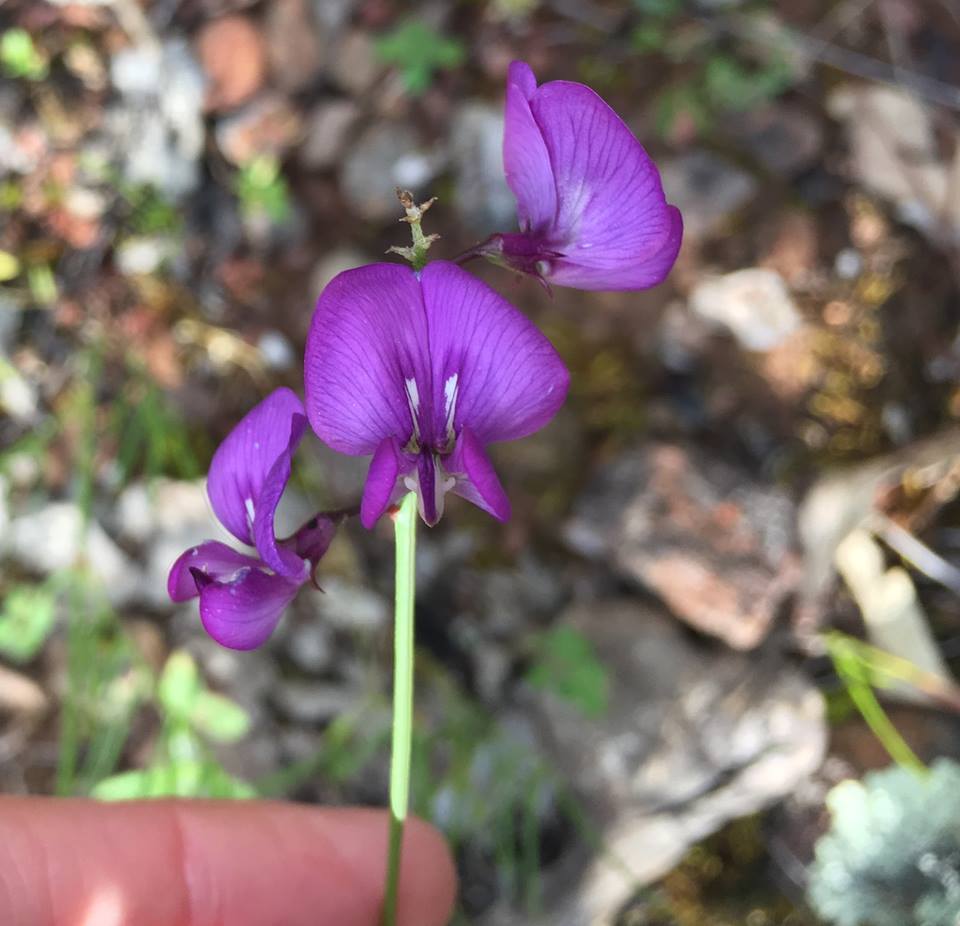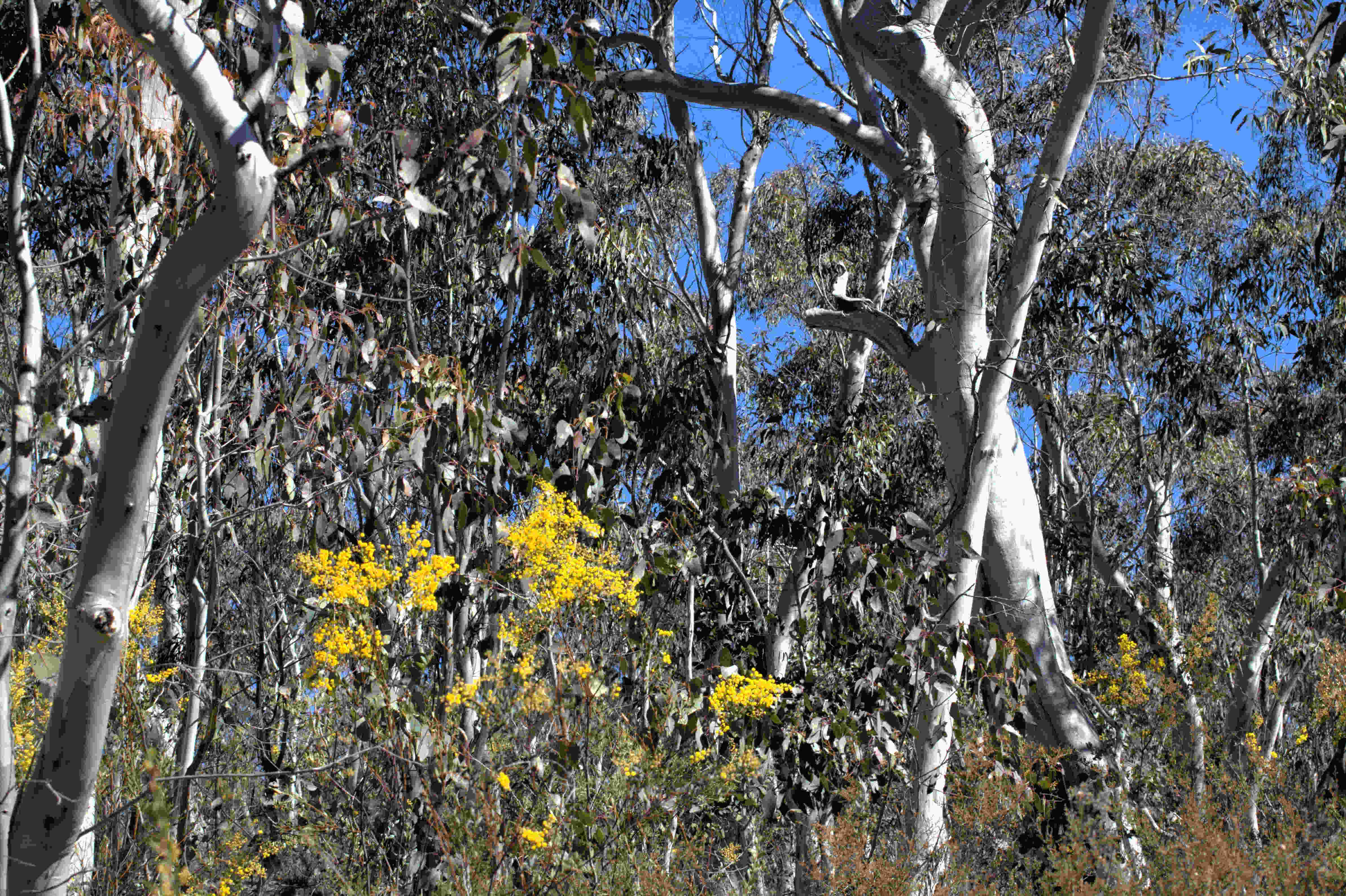Tackle your food waste problems
Did you know that each year, Australian households generate around 13 million tonnes of organic waste and that about half of that ends up in landfill?
Organic materials such as food scraps and garden waste breakdown to methane when decomposing without air in landfill conditions. Methane, a greenhouse gas, is 25 times more potent than carbon dioxide so reducing its emissions is an important factor in combating climate change.
Landfill is the most expensive form of waste management and while it’s free to drop your rubbish off at the Mid-Western Regional Council waste stations, don’t be fooled – as ratepayers we fund the operation and maintenance of these facilities.
Food waste is a large contributor to the organic waste going to landfill and, in many cases, can be avoided.
ABC TV’s recently screened War On Waste series found that the average Australian family throws out 20% of the food they buy each week. That’s one in every five bags of groceries and equates to about $3,500 worth of food a year!
Food waste can be divided into three categories: avoidable food waste (food that could be eaten); potentially avoidable food waste (food that could be eaten but is not commonly consumed e.g. pumpkin skins); and unavoidable food waste (food products that cannot be eaten).
In addition to contributing to greenhouse gas emissions, throwing out food that could be eaten means that the resources used to grow it like water, fuel and fertiliser are also wasted.
How can your household reduce food waste?
We’ve all done it – raced into the supermarket on the way home from work, grabbed a lettuce to go in tonight’s salad only to find another one hiding in the back of the fridge going slimey when we get home.
So the number 1 tip for households reducing their food waste is to look in the fridge and pantry before you go shopping, write a list and stick to it.

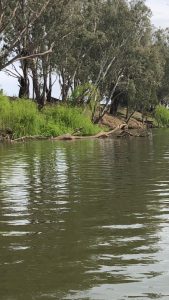 As well as something you throw on the barbie, snags are trees and branches which fall into and lodge into streams and rivers and form an essential part of river ecology.
As well as something you throw on the barbie, snags are trees and branches which fall into and lodge into streams and rivers and form an essential part of river ecology.